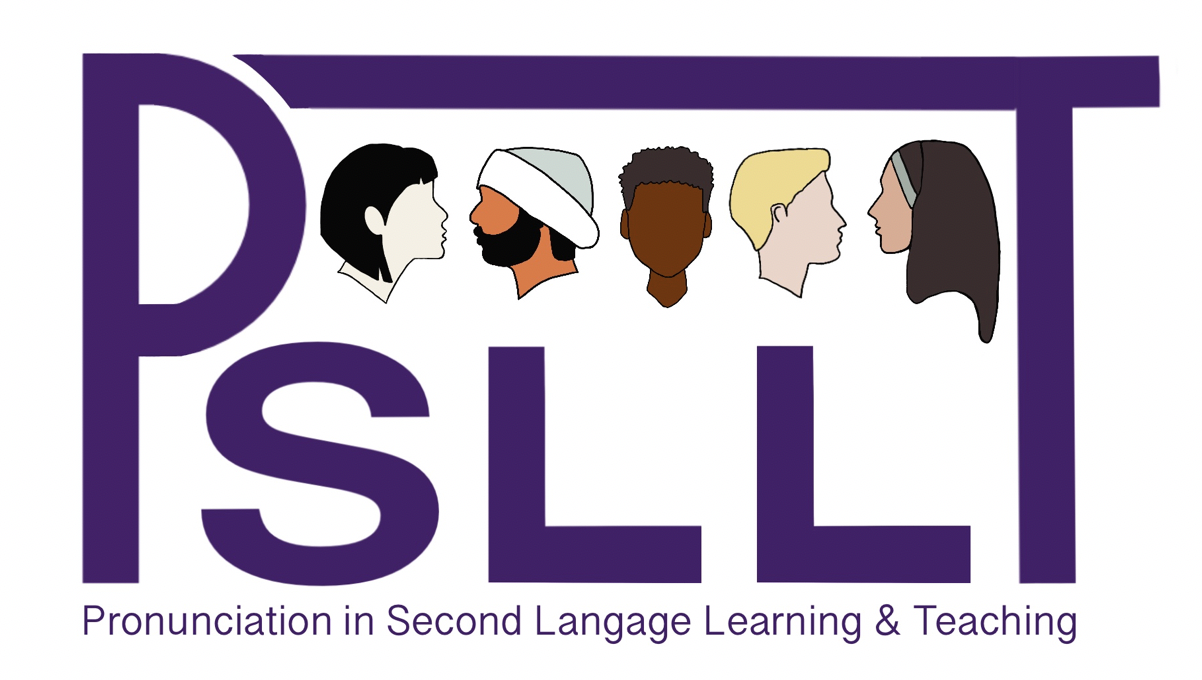Full Body Tone Production and Tone Mnemonics
- Mark Sakach (Ohio University)
- An Nguyen Sakach (Ohio University)
Abstract
The 6 tones in Vietnamese are difficult obstacles for L2 learners, in terms of both their production and perception. Clark and Paivio (1991) have suggested that learning can be enhanced by pedagogical techniques that createassociations across multiple cognitive modalities. In the teaching tip described in this paper, we share a system of bodily gestures designed to help build awareness of Vietnamese lexical tones. This is rooted in the observation that students tend to instinctively move their body in some way when producing unfamiliar tones. The set of gestures corresponds to the distinctive features of the tones, such as a rising motion for the rising tone and a clap action for the Vietnamese tone containing a glottal stop. Words containing the target tone and the corresponding gestures are to be performed simultaneously. Supplementing this system with tone mnemonics has been beneficial, as students often have problems remembering what word contains what tone. Students havestated that when they are attempting to remember how a Vietnamese word is pronounced, they conjure a mental image of the word’s spelling, but the tone mark is absent (Nguyen, 2019). This suggests that visuals associating with the words can enhance students to remember the tone marks.
How to Cite:
Sakach, M. & Nguyen Sakach, A., (2019) “Full Body Tone Production and Tone Mnemonics”, Pronunciation in Second Language Learning and Teaching Proceedings 11(1).
Downloads:
Download PDF
View PDF
